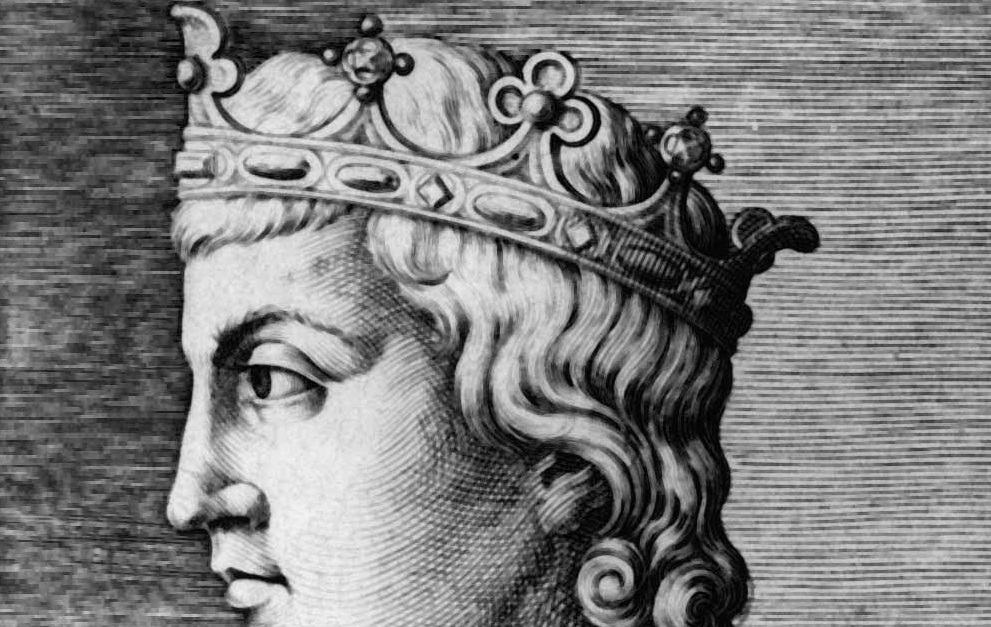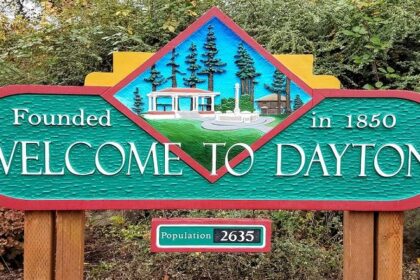Frederick I, also known as Frederick Barbarossa, was the Holy Roman Emperor from January 2, 1155, until his death. He was elected King of Germany at Frankfurt on March 4, 1152, and crowned in Aachen on March 9, 1152. Take a look below for 30 more awesome and interesting facts about Frederick I.
1. He was crowned King of Italy on April 24, 1155, in Pavia and Roman Emperor by Pope Adrian IV on June 18, 1155, in Rome.
2. Two years later, the term sacrum, meaning “holy,” first appeared in a document in connection with his Empire.
3. He was later formally crowned King of Burgundy, at Arles on June 30, 1178.
4. He was named Barbarossa by the northern Italian cities, which he attempted to rule. Barbarossa means “red beard” in Italian.
5. In German, he was known as “Kaiser Rotbart,” which means Barbarossa.
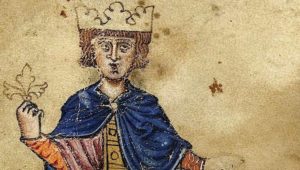
6. Before his imperial election, Frederick was by inheritance Duke of Swabia.
7. He was the son of Duke Frederick II of the Hohenstaufen dynasty and Judith, daughter of Henry IX, Duke of Bavaria, from the rival House of Welf.
8. Frederick descended from the two leading families in Germany, making him an acceptable choice for the Empire’s prince-electors.
9. Historians consider him among the Holy Roman Empire’s greatest medieval emperors.
10. He combined qualities that made him appear almost superhuman to his contemporaries: his longevity, his ambition, his extraordinary skills at organization, his battlefield acumen and his political perspicuity.
11. His contributions to Central European society and culture include the reestablishment of the Corpus Juris Civilis, or the Roman rule of law, which counterbalanced the papal power that dominated the German states since the conclusion of the Investiture Controversy.
12. Frederick died in 1190 in Asia Minor while leading an army in the Third Crusade.
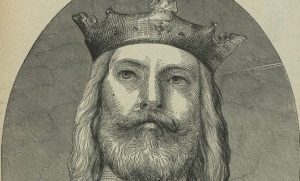
13. In Germany, Frederick was a political realist, taking what he could and leaving the rest.
14. In Italy, he tended to be a romantic reactionary, revealing in the antiquarian spirit of the age, exemplified by a revival of classical studies and Roman law.
15. It was through the use of the restore Justinian code that Frederick came to view himself as a new Roman emperor.
16. Roman law gave a rational purpose for the existence of Frederick and his imperial ambitions. It was a counterweight to the claims of the Church to have authority because of divine revelation.
17. The Church was opposed to Frederick for ideological reasons, not the least of which was the humanist nature found in the revival of the old Roman legal system.
18. When Pepin the Short sought to become king of the Franks in the 8th century, the Church needed military protection, so Pepin found it convenient to make an ally of the people. However, Frederick desired to put the pope aside and claim the crown of old Rome simply because he was in the likeness of the greatest emperors of the pre-Christian era.
19. Pope Adrian IV was naturally opposed to Frederick’s view and undertook a vigorous propaganda campaign designed to diminish Frederick and his ambition, which was successful.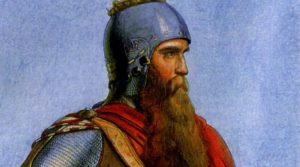
20. Historians have compared Frederick to Henry II of England as both were considered the greatest and charismatic leaders of their age.
21. Frederick’s charisma led to a fantastic juggling act that, over a quarter of a century, restored the imperial authority in the German states.
22. His formidable enemies defeated him on almost every side, yet in the end he emerged triumphant.
23. When Frederick came to the throne, the prospects for the revival of German imperial power were extremely thin. The great German princes had increased their power and land holdings while the king had been left with only the traditional family domains and a vestige of power over the bishops and abbeys.
24. Frederick is the subject of many legends, including that of a sleeping hero, like the much older British Celtic legends of Arthur or Bran the Blessed. Legend says that he isn’t dead, but asleep with his knights in a cave in the Kyffhauser mountains in Thuringia or Mount Untersberg in Bavaria, Germany, and that when the ravens cease to fly around the mountain he will awake and restore Germany to its ancient greatness.
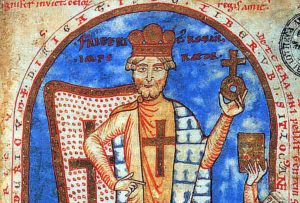
25. According to legend, his red beard has grown through the table at which he sits. His eyes are half closed in sleep, but now and then he raises his hand and sends a boy out to see if the ravens have stopped flying.
26. Fredrick’s uncle, Otto, bishop of Freising wrote a biography entitled “The Deeds of Frederick Barbarossa,” which is considered to be an accurate history of the king.
27. Otto’s work on Frederick gives an optimistic portrayal of the glorious potentials of imperial authority.
28. Another legend states that when Frederick was in the process of seizing Milan in 1158, his wife, the Empress Beatrice, was taken captive by the enraged Milanese and forced to ride through the city on a donkey in a humiliating manner.
29. Frederick’s first marriage, to Adelheid of Vohburg, didn’t produce any children and was annulled.
30. His third marriage, to Beatrice of Burgundy, produced 11 children.

